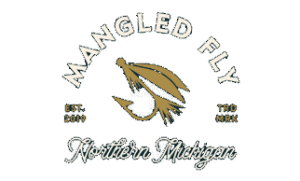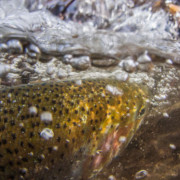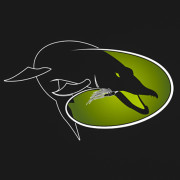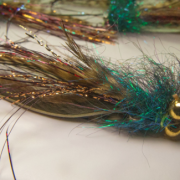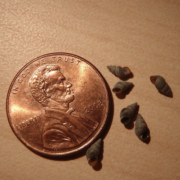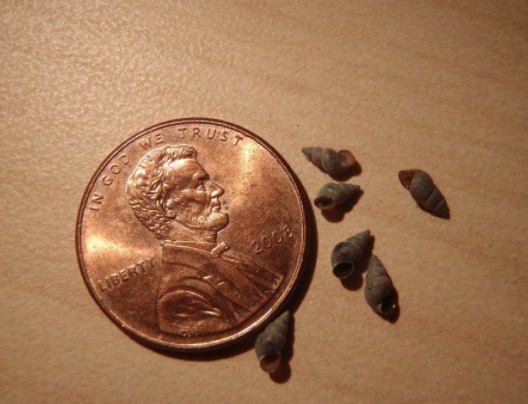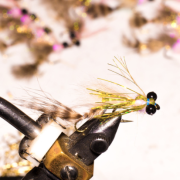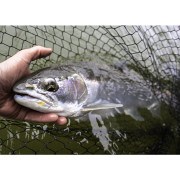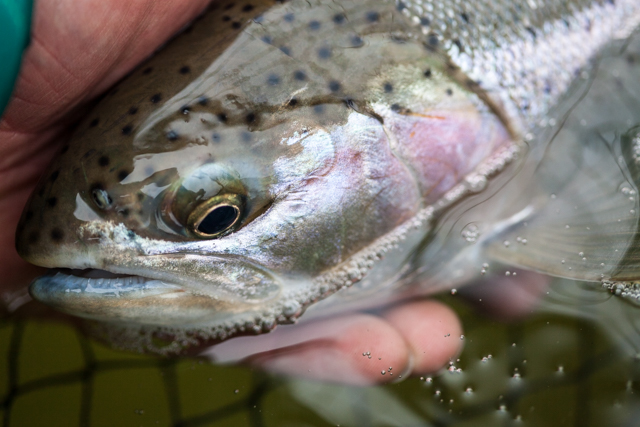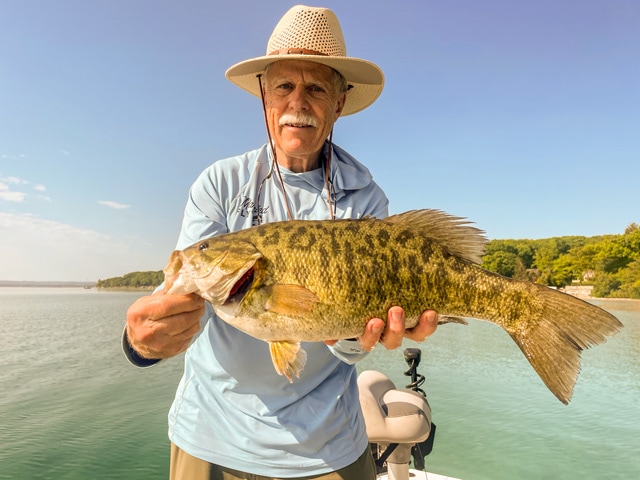
Each year, in February and March, salmon fry pop out of the gravel and quicky grow to be an inch in length. They feed on anything, including the remnants of their ancestors. As this process begins, they become a food source for everything else in our rivers, including all manner of fish, birds, etc. Steelhead feed heavily on salmon fry, and there are things about these fry that make them vulnerable to a predator like a steelhead.

Often times, water is high in the spring. When water levels become high, the fry are pushed to the edges of the river. Any run that holds steelhead near the edge of the river in these conditions will be a great place to look for a steelhead on a fry pattern.

Notice from the picture above the prominence of the eye in the salmon fry. Your fly must exhibit this trait if it is going to be effective. This is especially true if you are fishing the fry pattern as a nymph. The slow nymphing presentation will make the fish picky about whether the fly has this one prominent feature.
Fry patterns can also be morphed into good swung fly patterns. Because they are prone to be towards the surface of the river, a small swung fly that is the shape of the fry, but not necessarily the same color, works great throughout the spring. A small black and copper leech, for example, the size and shape of a fry, is deadly during the spring. Often times it pays to swing small and colorful flies in the spring.

This is a typical night of tying for me at this time of the year; fry patterns in one form or another are always on the menu. You can tie the thorax of these patterns any color, but pink always seems to work the best. Typically, some of the holographic colors of flash work well on sunny days, as they make the fly twinkle in the current.
As the salmon fry head downriver and grow to a larger size, the process is repeated as steelhead and sucker fry emerge later in the spring. These are on the menu of steelhead, brown trout, and every other predator too.
Thanks for reading this post! Get out on the river and enjoy spring-like fishing conditions!
Kevin Feenstra
